The Post explores some sites around the city worthy of research and consideration for grading.
Last month, Hong Kong’s heritage officials disclosed the results of a survey of some 8,800 historic buildings conducted two decades ago, in the wake of a controversy over the last-minute rescue of a century-old underground reservoir slated for demolition.
For the first time, the public came to know about the sites that were never shortlisted for a smaller pool of over 1,800 for further assessment and grading.
Many of them have been demolished, but some survive, and wallow in neglect. While officials are currently looking into these sites, heritage enthusiasts hope more of them can be included in their review.
The Post explores some of the sites around the city that can merit future study and grading, including those not included in the shortlist, and also those not in the list of 8,800, but in the study.
1. Ex-Yaumati Service Reservoir
With the discovery of a striking century-old reservoir in Shek Kip Mei, Kowloon last year, now awarded grade one status, the Antiquities Advisory Board (AAB) has also awarded the same grade to a similar reservoir in Yau Ma Tei, the second highest in a four-tier scale.
Both reservoirs were not originally on the list of 8,800 buildings, as officials did not focus on underground structures while compiling the database.
According to documents from the AAB, the Ex-Yaumati Service Reservoir was built in 1894, making it the oldest surviving service reservoir in Kowloon. It was constructed at a time when water supply in Kowloon relied solely on wells and pumping machinery.
Architecturally wise, the disused reservoir has stunning walls, ceilings and arches made of red bricks, imitating Roman civil engineering works. Other functional elements, including vent pipes, are also visible on site, the documents stated.
While the actual reservoir is closed off to the public, people can visit the area above, which is a jogging track equipped with rain shelters and garden benches.
Address: King’s Park Rise, Yau Ma Tei, Kowloon
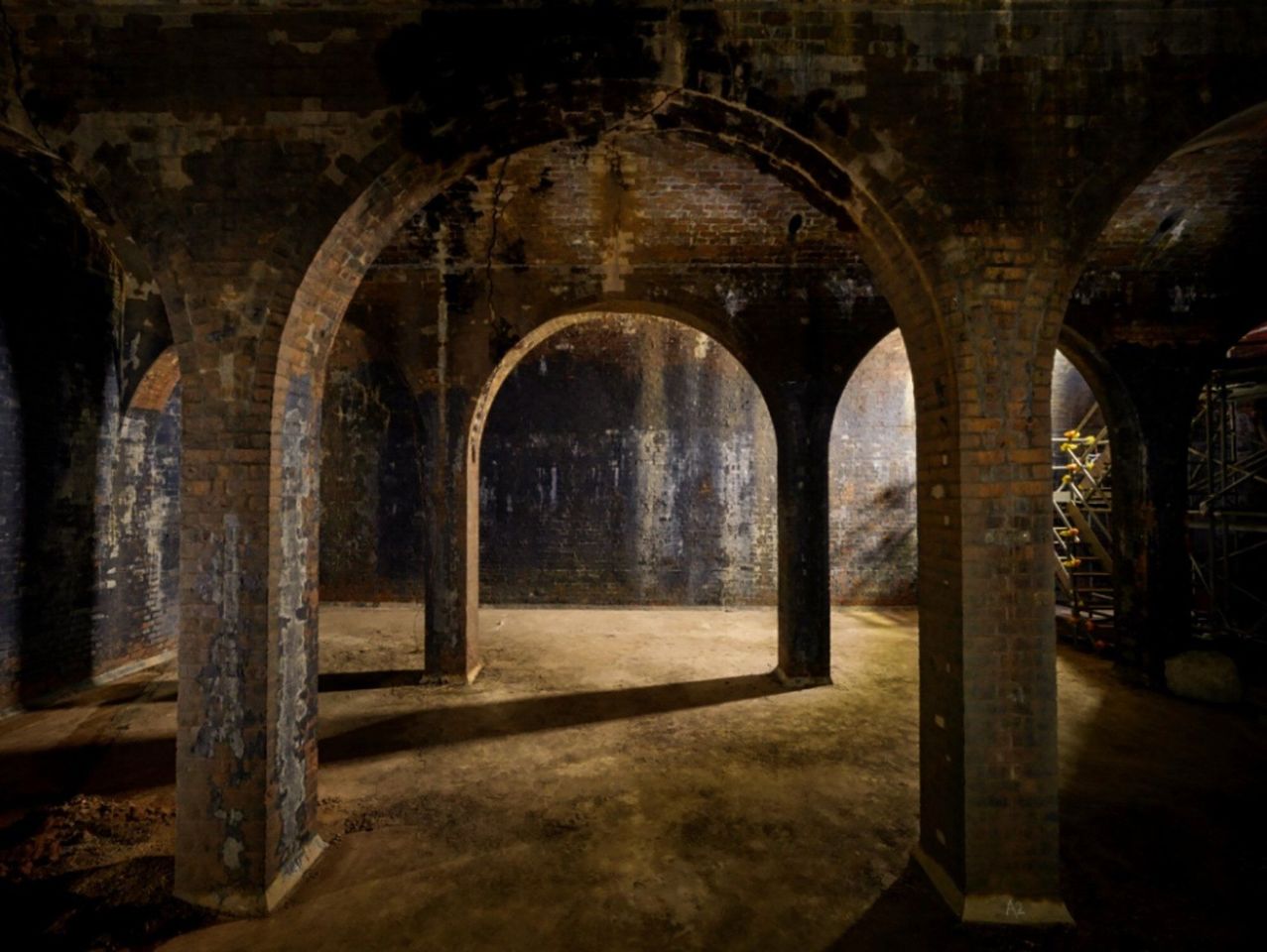 Ex-Yaumati Service Reservoir, Yau Ma Tei, Kowloon.
Ex-Yaumati Service Reservoir, Yau Ma Tei, Kowloon. 2. Kowloon Flour Mills
Hong Kong has a long industrial history but factory buildings are seldom seen as sites of heritage interest. But on the harbourfront in Kwun Tong, the striking looking Kowloon Flour Mills is hard to miss. With huge cylinders and eye-catching black brush strokes at the building’s facade showing the company’s name in Chinese, the plant stands out from other industrial buildings.
The factory building was constructed in the 1960s and it is the only surviving flour mill in the city, according to the website of the Industrial History of Hong Kong Group.
It was started by a group of Chiuchow merchants led by Thai Chinese businessman Lin Kuo-chiang to compete with the monopoly of Hong Kong Flour Mills, which was run by top industrialist David Sung Ling-fang from Shanghai.
The nine-storey building is spread across 60,000 sq ft. Half of it is used as the mill and the other half as storage.
It received its first export order of 1,800 tons of flour from the Cambodian government in 1965, beating out Japanese flour.
The old mill is still in operation and remains a proud local brand. But it came into the limelight in 2011 when city leader Carrie Lam Cheng Yuet-ngor, then the secretary for development, mistakenly said that the mill had ceased production and was an example of industrial heritage that should be conserved in a plan to revamp Kowloon East. She later apologised to the owners for the mistake.
A spokesperson for the factory said the company had been focusing on the flour business and had no comment on any possible future grading by the Antiquities and Monuments Office.
The site was not part of the survey. It is now awaiting AMO’s assessment following requests by some members of the public.
Address: Kowloon Flour Mills, 161 Hoi Bun Rd, Kwun Tong
3. Kadoorie Hill
About 30 houses on Kadoorie Avenue, known locally as “Kadoorie Hill”, an exclusive, tranquil residential neighbourhood in Kowloon, were identified in AMO’s pioneer territory-wide survey, but none of them has ever been chosen for grading.
The area, spanning eight hectares, was built by the prominent Kadoorie family, now the largest shareholder of power company CLP.
In 1931, the family bought a piece of land on a hillside at the junction of Argyle Street and Waterloo Road in Kowloon, and started construction. By 1941, 34 houses were occupied. The properties were used by Japanese forces during the country’s occupation of Hong Kong. After the war, the British army occupied the properties until 1946. The site expanded in the 1950s. The tenant profile changed over time, including corporate leaders and businessmen involved in trading, shipping and aviation, industrialists, and media stars and celebrities, such as Apple Daily boss Jimmy Lai Chee-ying.
According to Lee Ho-yin, director of the University of Hong Kong’s Architectural Conservation Programmes, Kadoorie Avenue has a series of well-conserved homes built in Bauhaus style, a distinctive design style originating in the early 20th century from a famous German art school.
Lee said these homes had a high architectural merit due to their Bauhaus design, which could be compared to Israel’s White City, a World Heritage Site that has the highest concentration of buildings built with similar influences.
“It’s a potential conservation area because these early Bauhaus buildings exist in an intact cluster,” said Lee, adding Kadoorie Avenue could be hailed as Hong Kong’s very own White City.
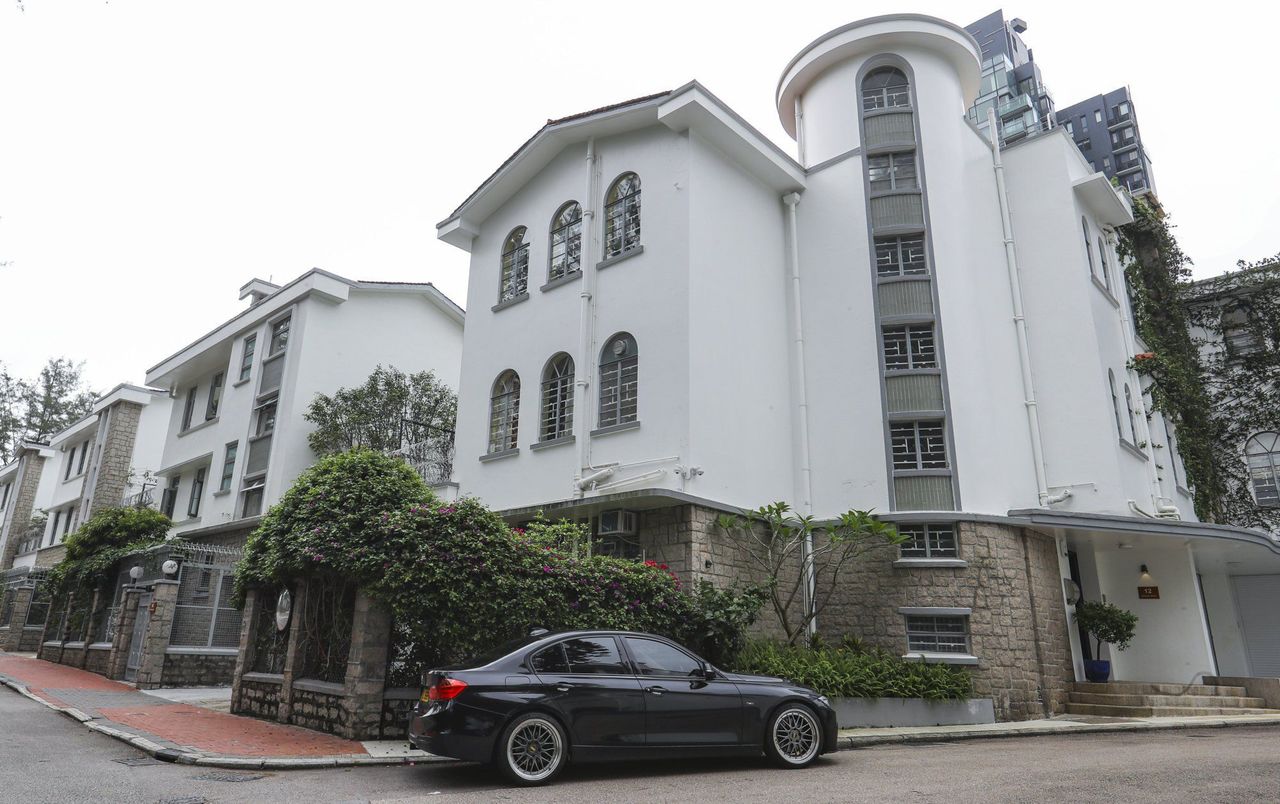 Kadoorie Avenue in Kadoorie Hill.
Kadoorie Avenue in Kadoorie Hill. 4. Mansions along Lugard Road, The Peak
Dragon Lodge at 32 Lugard Road, abandoned and dilapidated, has earned the reputation of being the “most haunted house” by the online community.
Located along the popular exercise trail circling The Peak, the tiled-roof mansion boasts a stunning courtyard with panoramic views of the Victoria Harbour. But little is known about its history, except that it was rumoured to be built by a Chinese General 70 years ago.
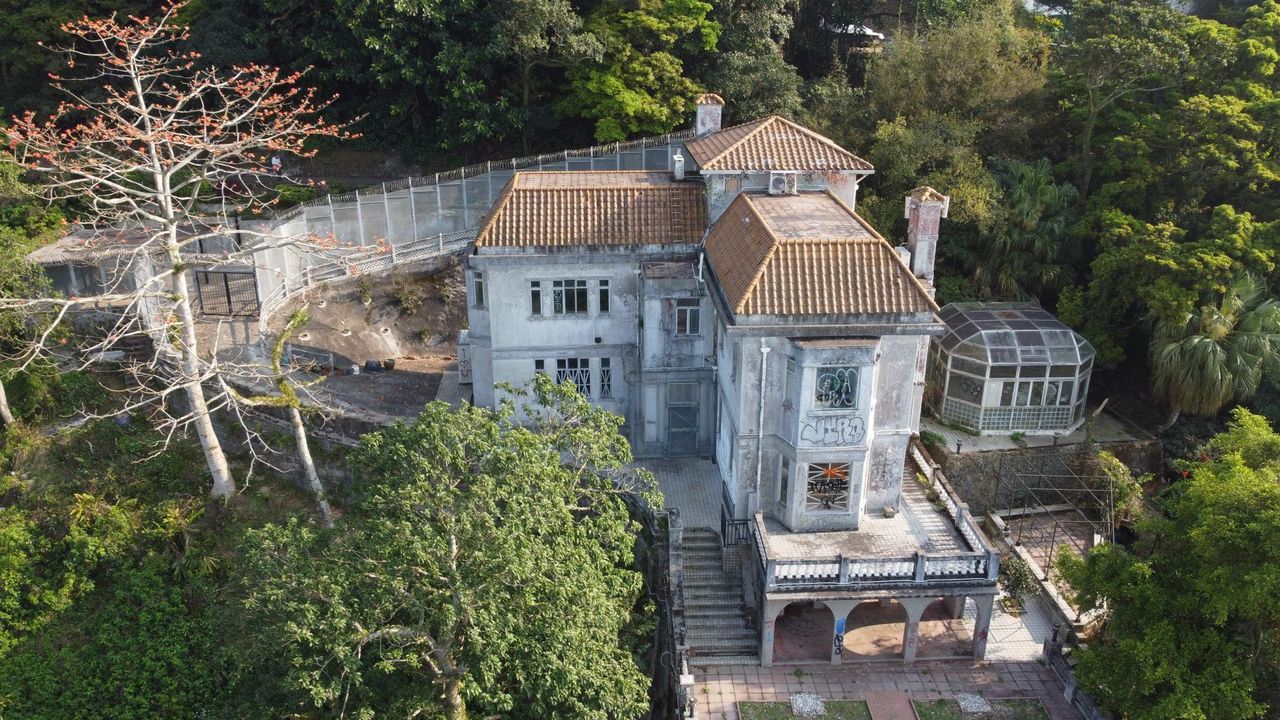 Dragon Lodge, No. 32 Lugard Road, The Peak.
Dragon Lodge, No. 32 Lugard Road, The Peak.
The AMO included Dragon Lodge in the list of 8,800 sites, but other than that it does not have any information about it, and it has not explained why it was not shortlisted for grading while five other mansions along the same road have been included.
One of them is No. 27, Lugard Road, which was originally given a grade two status. But the owner dropped plans to convert the building into a boutique hotel and asked the antiquities board to upgrade it to grade one in 2017. There was speculation that the owner, in getting a higher rating, wanted to gain more in a land swap. But the antiquities board said while assessing a building, it would only consider the merits and not motives. Recently, the owner was found to be applying to use a public lot outside the mansion as a private road and garden.
Address: 32 and 27 Lugard Rd, The Peak
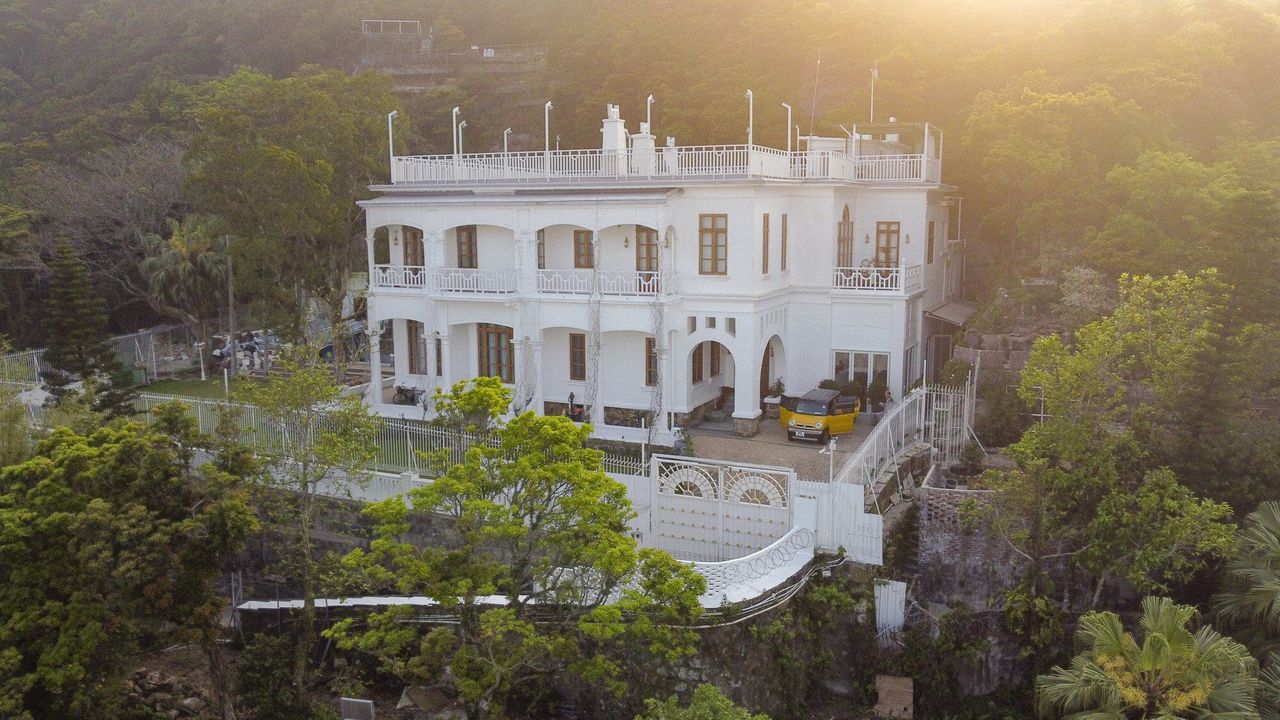 The building at No. 27 Lugard Road, The Peak.
The building at No. 27 Lugard Road, The Peak.5. Our Lady of Joy Abbey, formerly known as Trappist Haven Monastery
Established in 1951, Our Lady of Joy Abbey on Lantau Island is located along a hikers hotspot at Tai Shui Hang.
Formerly known as the Trappist Haven Monastery, the site produced fresh milk for the island’s residents from the early 1960s to the early 1980s. The dairy is no longer operational there, but a company has set up a plant in Yuen Long to continue the business under the popular Trappist Dairy brand.
It is not included in any of the AMO’s lists.
Address: Tai Shui Hang, Lantau. The monastery is the halfway point along the coastal trail at Tung Wan Tau Road from Mui Wo to Discovery Bay.
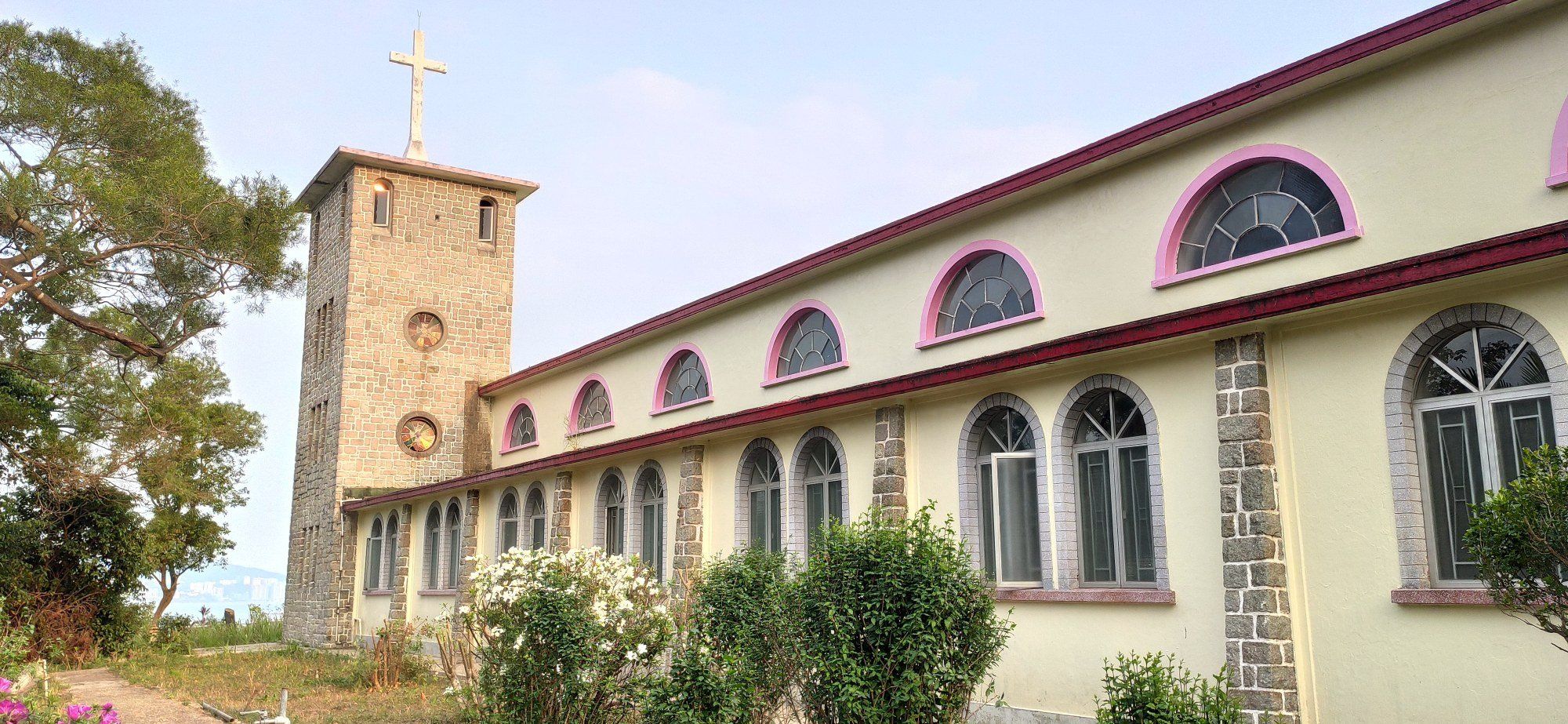 Our Lady of Joy Abbey in Lantau.
Our Lady of Joy Abbey in Lantau.6. Shophouses and residential buildings in various districts
Some conservationists are urging to preserve old shophouses around the city, which provide a glimpse of the type of houses Hongkongers lived in before the 1950s. Liber Research Community, a civil society group that deals with land issues, said many of these old shophouses in Kowloon City had been demolished for redevelopment. But one at 3 Nam Kok Road, included in the list of 8,800 buildings, still stands.
“It might not be that special if you look at it individually. But if you see it as a part of an architectural complex and value left of old Kowloon City district, it might need to be conserved,” said Stewart Cheng, a researcher with Liber Research Community.
Architectural historian Charles Lai Chun-wai also pointed out another residential building at North Point’s Ching Wah Street that was part of the initial shortlist.
He believes the building was built in the 1940s and could be one of the oldest historical landmarks remaining in North Point, as the district has gone through a lot of redevelopment after immigrants from Shanghai began settling there between the 1930s and the period of World War II. Lai added that apartments of similar style were found in Shanghai.
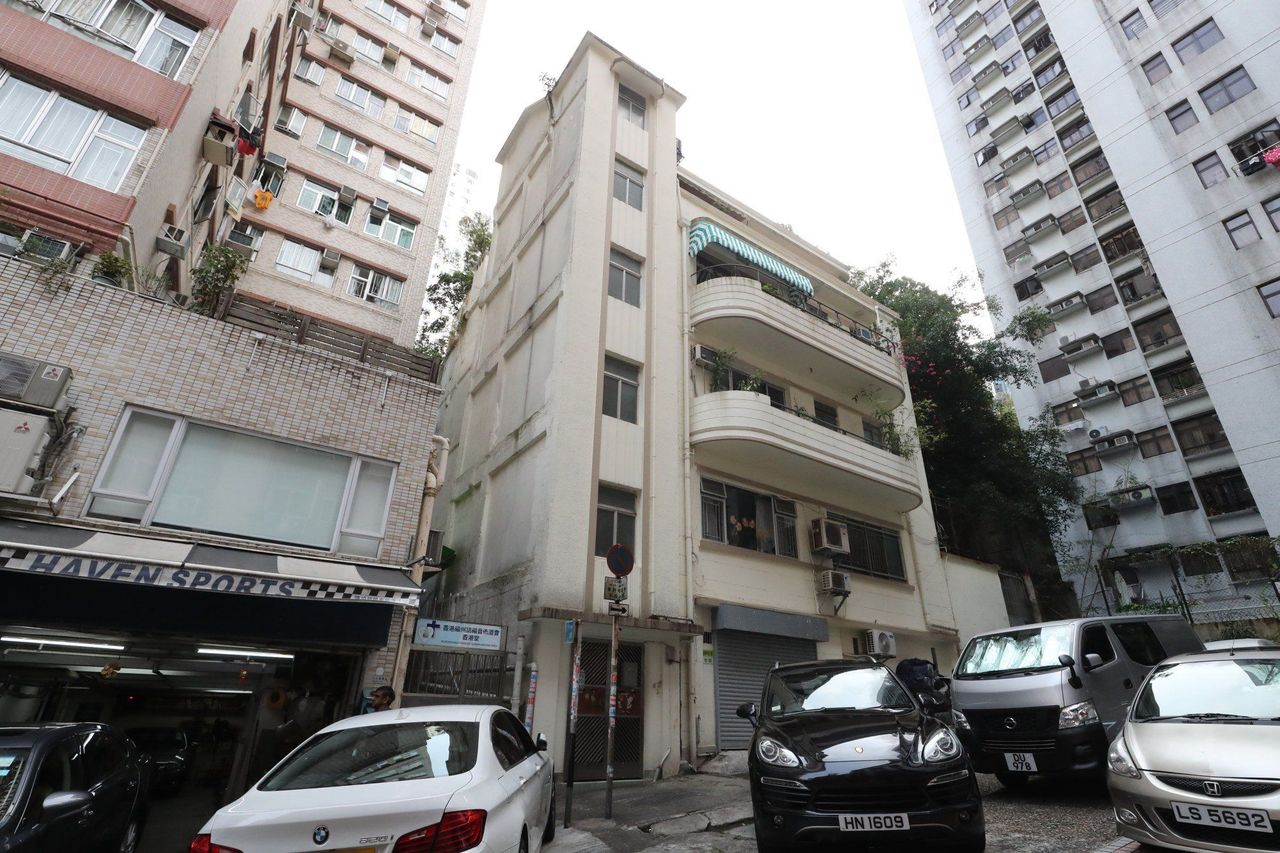 Architectural historian Charles Lai Chun-wai says this residential
building on North Point’s Ching Wah Street could be one of the oldest
historical landmarks in the area.
Architectural historian Charles Lai Chun-wai says this residential
building on North Point’s Ching Wah Street could be one of the oldest
historical landmarks in the area.
Lai said although the building might appear to be ordinary, it had historical value beyond its surface.
“A lot of these buildings have historical value that’s relevant to the place, it [might not appear] to be an architectural gem,” said Lai.
Address: 3 Nam Kok Road, Kowloon City, 4-8 Ching Wah Street, North Point















